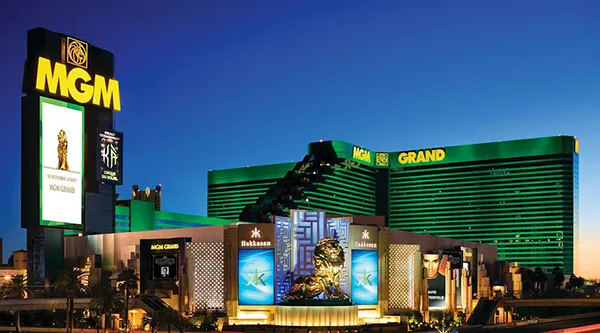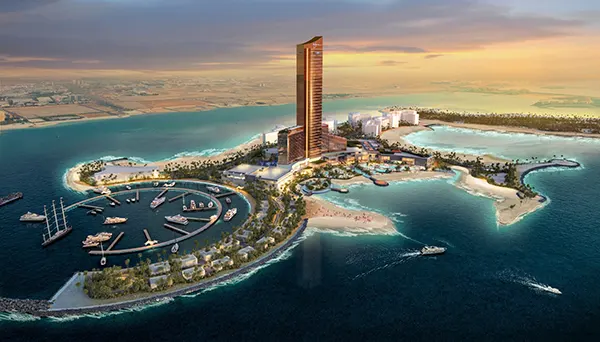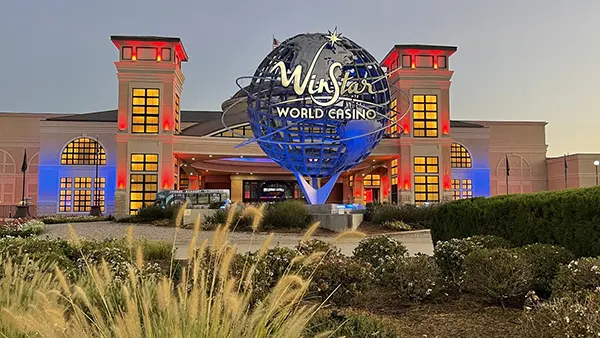Casinò di Campione d’Italia: The Rebirth of a Legendary Border-Side Casino
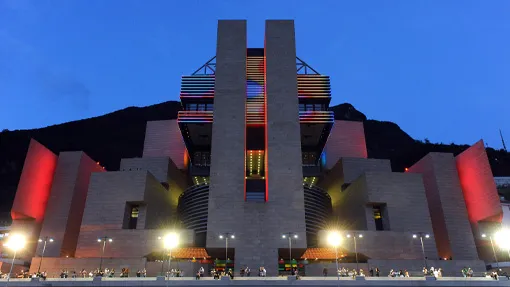
Casinò di Campione d’Italia holds a unique place in European gambling history. Situated within an Italian enclave surrounded by Switzerland, this casino is not only a landmark of opulence and entertainment but also a symbol of resilience and regional identity. After facing closure due to bankruptcy in 2018, it has re-emerged stronger, bringing economic and cultural revitalisation to the region.
The Origins and Architecture of Casinò di Campione d’Italia
Established in 1917, Casinò di Campione was originally conceived to serve both diplomatic and intelligence purposes during World War I. Over time, it transitioned into a centre for luxury entertainment, attracting aristocrats and elite gamblers from across Europe.
The current building, opened in 2007 and designed by Swiss architect Mario Botta, represents a bold vision of modernity. The enormous structure—one of the largest casinos in Europe—features geometric lines, high ceilings, and lakefront views of Lake Lugano. It houses gaming rooms, theatres, restaurants, and art exhibitions, blending gambling with cultural sophistication.
As a historical symbol, its architectural scale matches its ambition—to be more than just a gaming house but a cultural epicentre at the crossroads of Italian and Swiss traditions.
The Italian Enclave Inside Switzerland
Campione d’Italia is a geopolitical anomaly: an Italian territory within the Swiss canton of Ticino. This location has shaped the casino’s character and operations for decades. It benefits from Italian jurisdiction while leveraging Swiss infrastructure and economic ties.
Because of this duality, the casino catered to a wide demographic—Swiss nationals, Italians, and tourists from across Europe. Its accessibility and tax advantages made it a lucrative destination in its prime.
However, such a unique setting also brought legal and economic complexities, particularly as the European Union evolved and Swiss-Italian relations shifted regarding cross-border finance and taxation.
From Bankruptcy to Revival: A Second Life
In July 2018, Casinò di Campione was declared bankrupt due to unsustainable debts, mismanagement, and reduced revenues. Its closure was a shock to the local community—more than 100 employees lost their jobs, and Campione’s economy collapsed almost overnight.
The town, historically dependent on the casino for its public services and employment, faced a severe identity crisis. Residents began to leave, public institutions lost funding, and tourism dried up. What was once a vibrant border destination became eerily quiet.
However, through a strategic legal and financial restructuring supported by local authorities and Italian government agencies, the casino reopened in January 2022. Now under new management, it operates with a reduced workforce and a revised business model focused on sustainability and innovation.
What’s Changed in the Reopened Casino?
The renewed Casinò di Campione has adopted a streamlined approach to operations. While it has reduced the number of gaming tables and personnel, it has invested in digital infrastructure, customer service training, and thematic events to attract a broader range of visitors.
Notably, the new business plan emphasises entertainment and hospitality, hosting music concerts, gastronomic events, and cultural exhibitions. The casino is also exploring collaboration with Swiss tourism agencies to re-establish itself as a binational attraction.
This rebirth is not only economic but symbolic—it represents how heritage institutions can adapt without losing their identity.
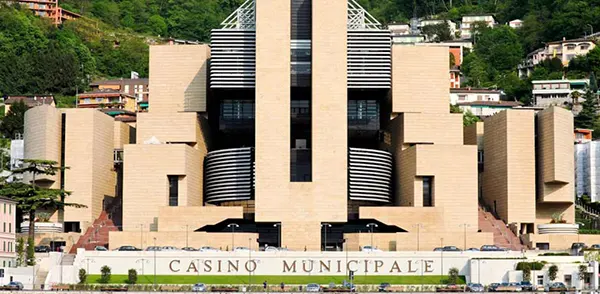
Lessons for the Gambling Industry and Online Counterparts
Casinò di Campione’s story is instructive for both land-based and online gambling operators. First, it highlights the risk of overreliance on legacy models. The casino’s downfall was partly due to its slow reaction to evolving consumer behaviour and the rise of digital competition.
Second, it illustrates the importance of community engagement. The closure hurt not just the institution but an entire town. Its revival has been rooted in rebuilding trust and local involvement—a principle often overlooked in digital-first business models.
Finally, the case shows that heritage and modernisation can coexist. While online gambling grows rapidly, physical casinos like Campione remind us of the cultural, historical, and experiential value that cannot be replicated in digital environments.
Implications for Online Gambling Operators
Online gambling services can draw key insights from Campione’s journey. One is diversification—offering not just games but content, community, and cultural alignment. Loyalty today comes from meaningful experiences, not just convenience or bonuses.
Another insight is regulatory navigation. Just as Campione had to operate within unique legal frameworks, online operators must proactively engage with evolving regulations, especially in cross-border contexts.
Lastly, heritage and trust are becoming digital currencies. Platforms that communicate their history, values, and social contribution clearly are more likely to gain long-term user confidence and industry standing.

